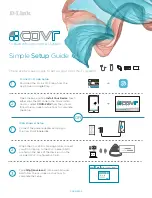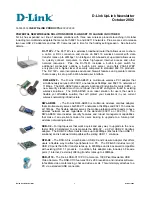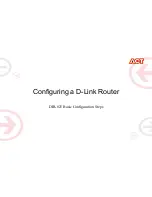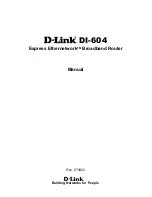
LE910-SKG AT commands reference guide
80437ST10619A Rev.1 – 2014-09-16
Reproduction forbidden without Telit Communications S.p.A. written authorization - All Rights Reserved
page 15 of 273
A command line is made up of three elements: the
prefix
, the
body
and the
termination
character
.
The
command line prefix
consists of the characters “
AT
” or “
at
”, or, to repeat the
execution of the previous command line, the characters “
A/
” or “
a/
”.
The
termination character
may be selected by a user option (parameter S3), the default
being
<CR>
.
The basic structures of the command line are:
ATCMD1<CR>
where
AT
is the command line prefix,
CMD1
is the body of a
basic command
(nb: the name of the command never begins with the character
“
+
”) and
<CR>
is the command line terminator character
ATCMD2=10<CR>
where 10 is a sub parameter
AT+CMD1;+CMD2=, ,10<CR>
these are two examples of
extended commands
(nb: the name of the command always begins with the character “
+
”
2
). They are
delimited with semicolon. In the second command the sub parameter is omitted.
+CMD1?<CR>
This is a Read command for checking current sub parameter values
+CMD1=?<CR>
This is a test command for checking possible sub parameter
values
These commands might be performed in a single command line as shown below:
ATCMD1 CMD2=10+CMD1;+CMD2=, ,10;+CMD1?;+CMD1=?<CR>
anyway it is always preferable to separate into different command lines the basic commands
and the extended commands; furthermore it is suggested to avoid placing several action
commands in the same command line, because if one of them fails, then an error message is
received but it is not possible to argue which one of them has failed the execution.
If command
V1
is enabled (verbose responses codes) and all commands in a command line
has been performed successfully, result code
<CR><LF>OK<CR><LF>
is sent from the
TA to the TE, if sub parameter values of a command are not accepted by the TA or command
itself is invalid, or command cannot be performed for some reason, result code
<CR><LF>ERROR<CR><LF>
is sent and no subsequent commands in the command line
are processed.
If command
V0
is enabled (numeric responses codes), and all commands in a command line
has been performed successfully, result code
0<CR>
is sent from the TA to the TE, if sub-
parameter values of a command are not accepted by the TA or command itself is invalid, or
2
The set of
proprietary AT commands
differentiates from the standard one because the name of
each of them begins with either “
@
”, “
#
”, “
$
” or “*”.
Proprietary AT commands
follow the same syntax
rules as
extended commands
Summary of Contents for LE910-SKG
Page 1: ......
















































